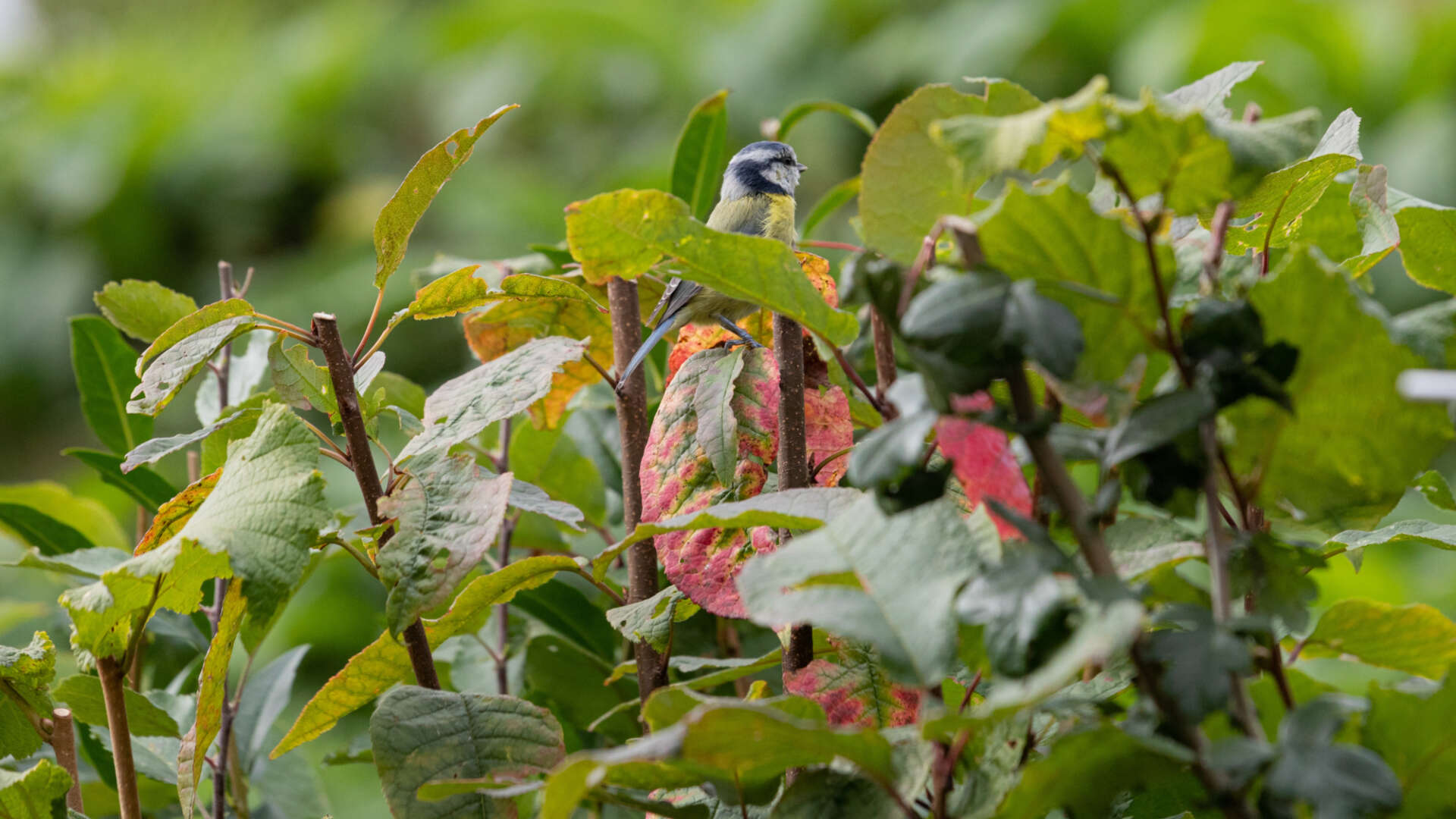Helping out feathered friends

Why are birds important in the garden? Apart from their beauty, and the joy of their song, birds will help you as a gardener by eating pests such as aphids, earwigs and brassica-munching caterpillars.
Last year’s RSPB Birdwatch revealed the house sparrow, starling and blue tit were the top three British birds. For the first time in eight years, the long-tailed tit flew into the top 10 most commonly-seen birds. However the song thrush, once a common garden visitor, experienced another drop, revealing a decline of 70 per cent since the Birdwatch began.
Song thrushes are ground feeders, they compete with blackbirds for worms, apples and slugs. They are also clever eaters of snails, breaking their shells open on a stone.
February can be a cruel month for birds – cold, persistent rain, or hard frost will threaten their survival. Especially without nutritious food such as insects and seeds. We would always recommend you provide a source of fresh water when all is iced over, and keep the bird feeder well stocked.
There are numerous different types of feeder, from the simple apple on a string, to the complex nut storer, designed to be squirrel and cat free. If you're looking to upgrade the food you provide the birds visiting your garden, we recommend having a look at the options offered by The Organic Gardening Catalogue. And the RSPB have really useful advice on what to put out and when if you need at little guidance.